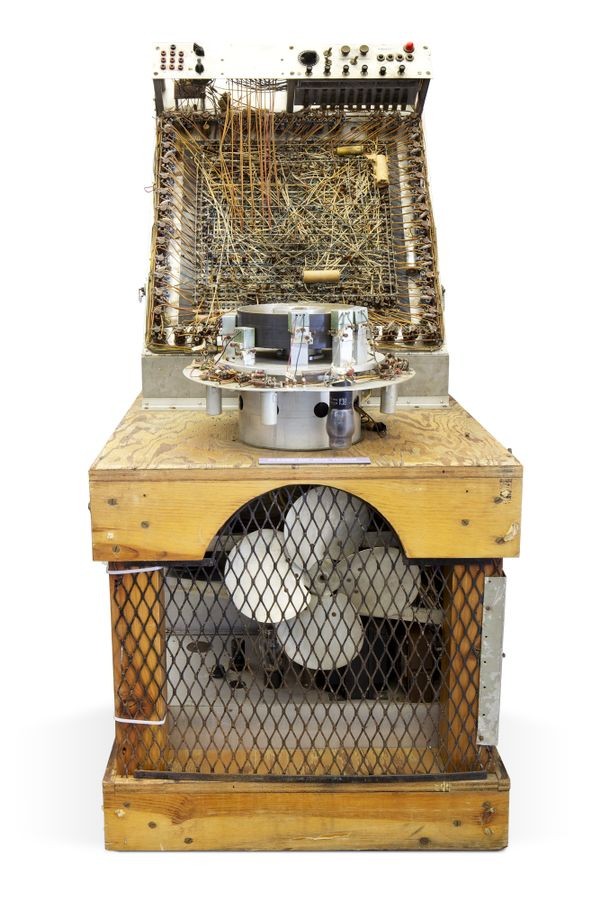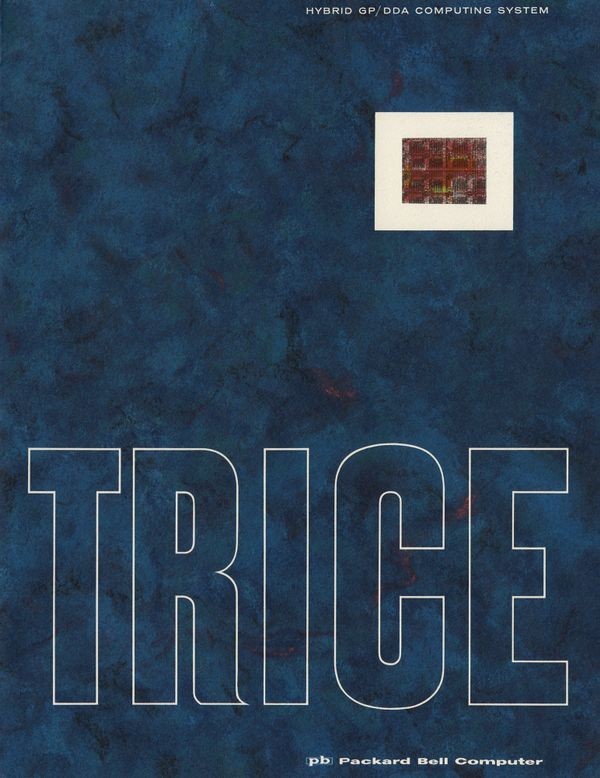Analog Computing…On Digital Machines
MADDIDA (Magnetic Drum Digital Differential Analyzer) prototype
MADDIDA, developed for a nuclear missile design project, used digital electronics. Tracks on a magnetic drum did the mathematical integration. MADDIDA was flown across the country for a demonstration to John von Neumann, who was impressed.
Analog Computing…On Digital Machines
Engineers at Northrop Aircraft recognized in 1949 that analog computations could be done digitally by replacing a differential analyzer’s mechanical wheel-and-disk integrators with binary adders.
These “Digital Differential Analyzers,” or DDAs, were digital computers that acted like analog computers, but were more precise. They were used for real-time control applications, as well as simulations of airplane and missile designs—often paired with slower general-purpose digital computers.
A dozen Northrop employees formed Computer Research Corporation to build small airborne DDAs. The Polaris missile used one of the first digital computers for on-board guidance.
MADDIDA Customer Demonstration
Northrop was initially reluctant to make MADDIDA a product. But by the end of 1952, six had sold, making MADDIDA the most popular commercial digital electronic computer. No other computer had sold as well.
View Artifact DetailTRICE computer
TRICE, unlike other DDAs (Digital Differential Analyzer), operated in parallel, more like traditional analog computers. Each module was a solid-state computing element that functioned independently. DDAs that process each operation in sequence were less expensive, but slower.
View Artifact DetailTRICE advertisement from Datamation
TRICE was the pinnacle of big hybrid DDAs (Digital Differential Analyzer). The $89,500 price bought only the starter system. Customers were firms like North American Aviation and NASA.
View Artifact Detail







